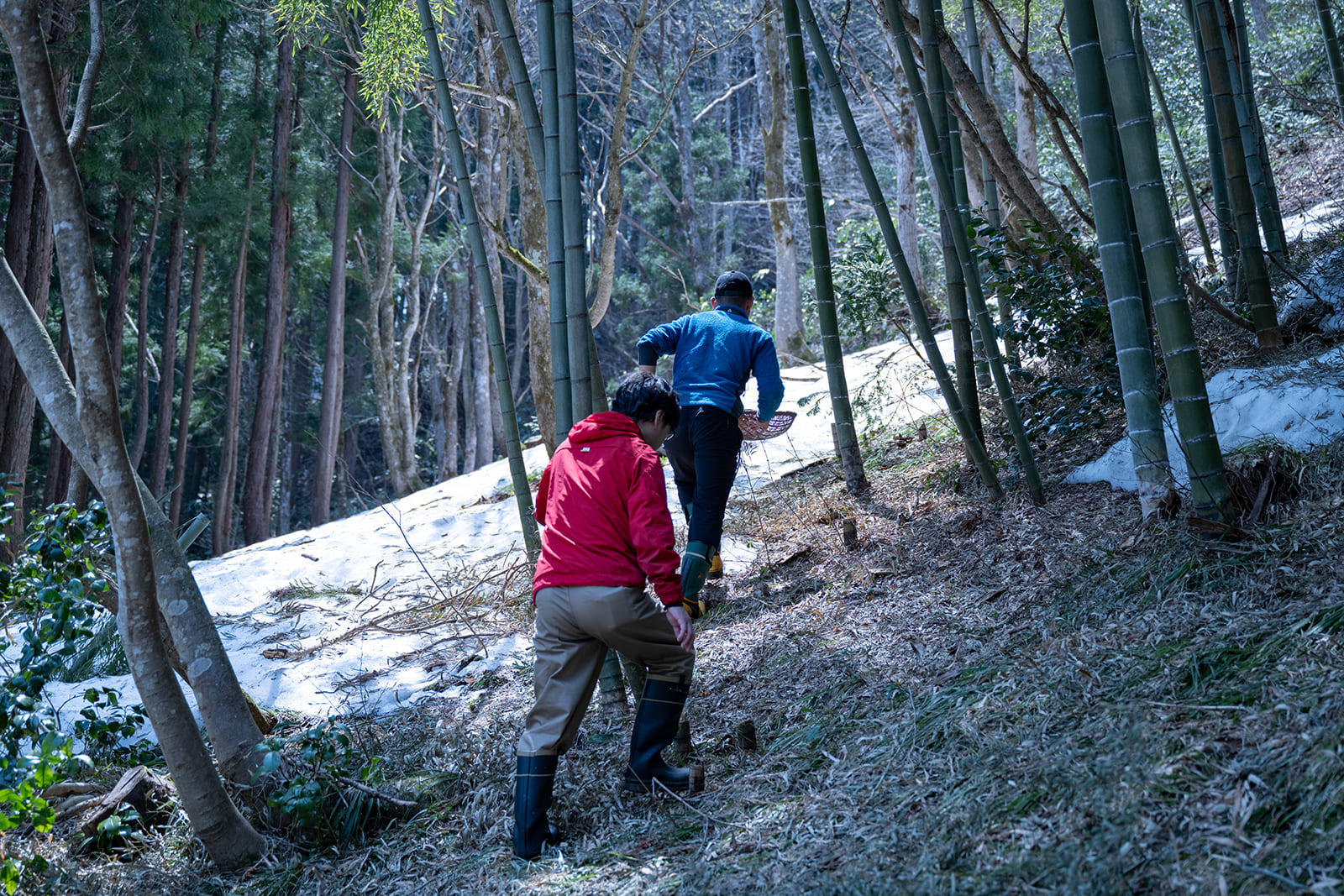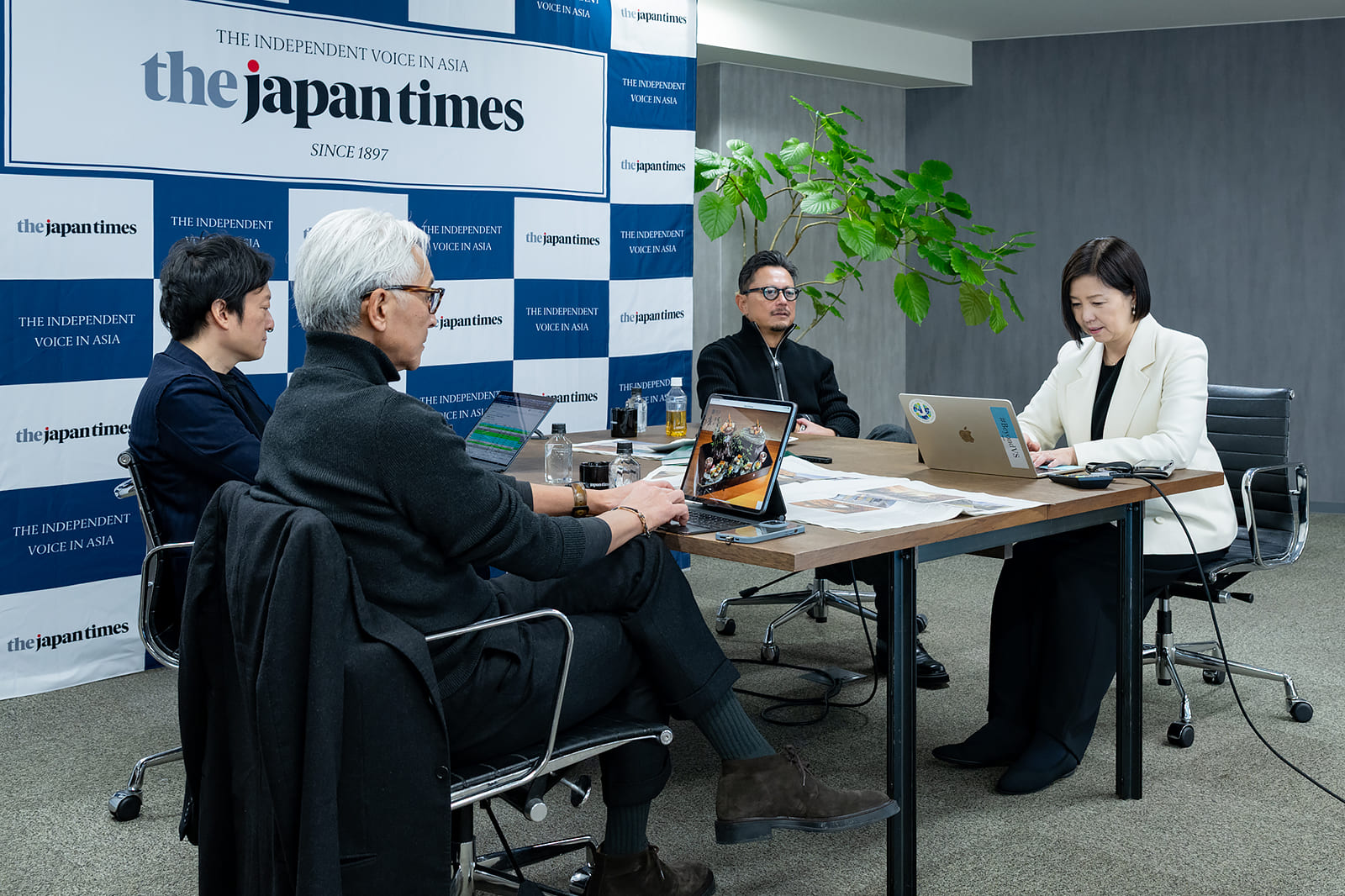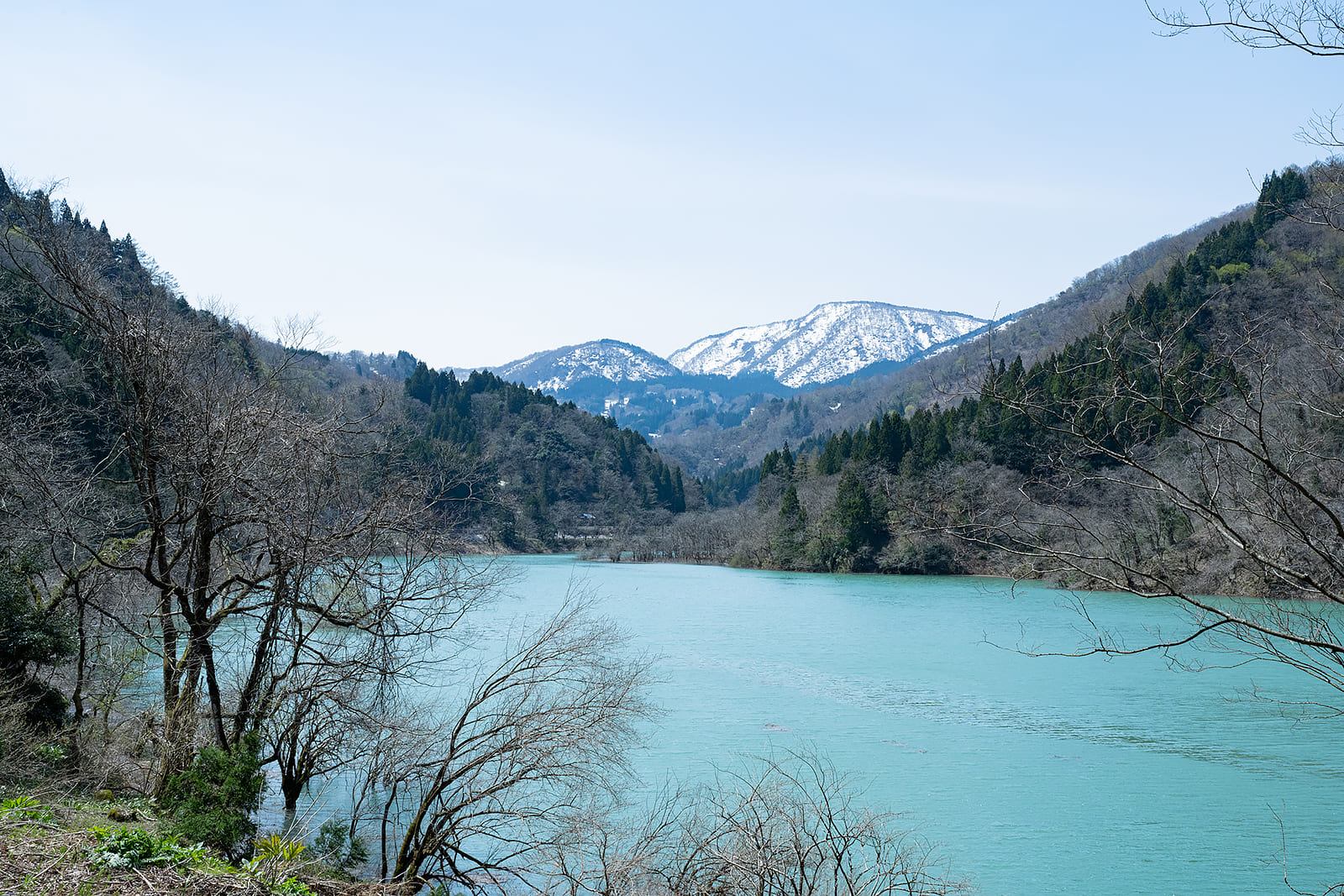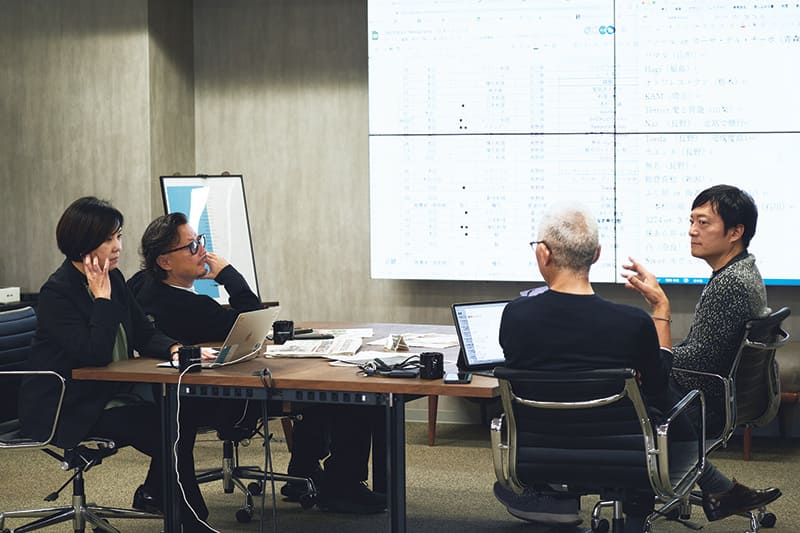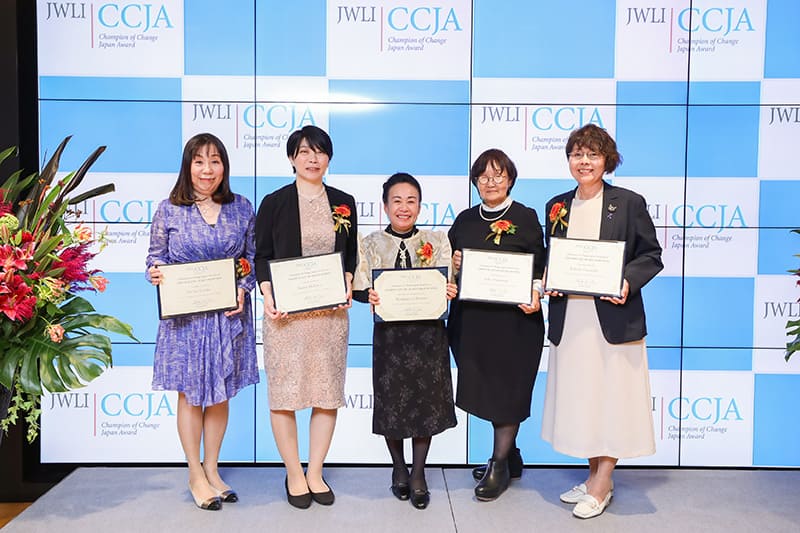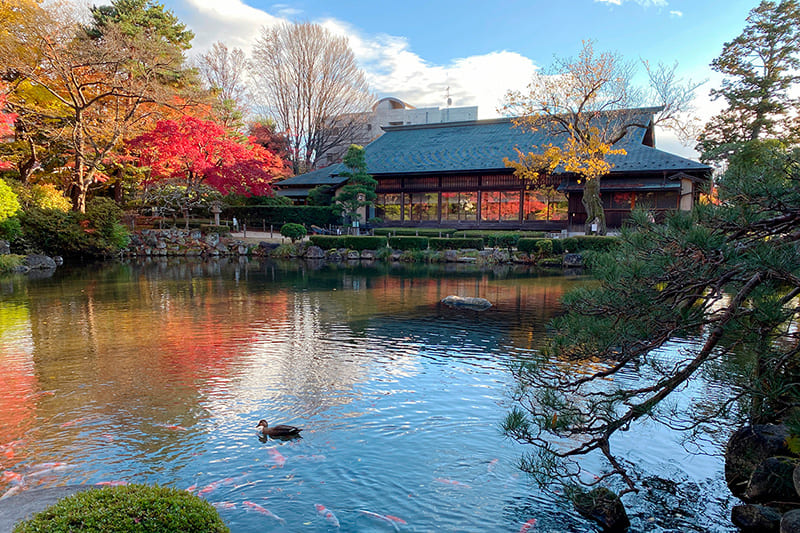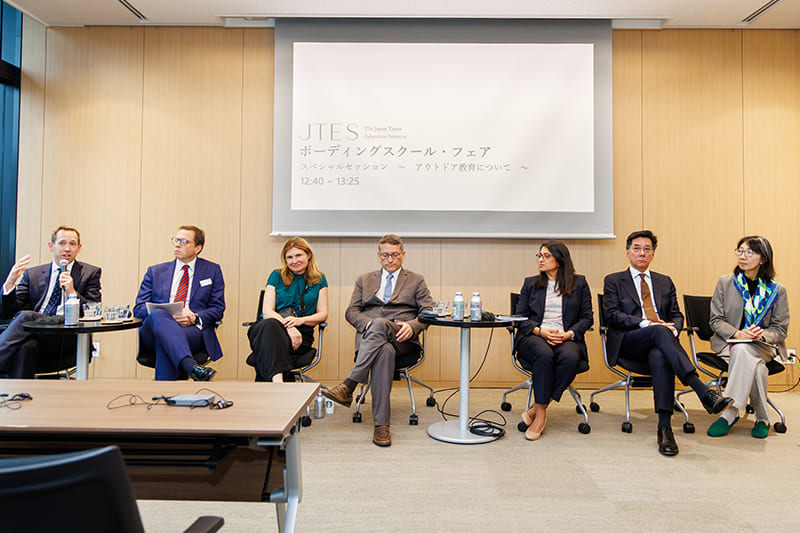November 28, 2025
Nonna Nietta: Handmade local Italian ethos in Ibaraki
Destination Restaurants 2025
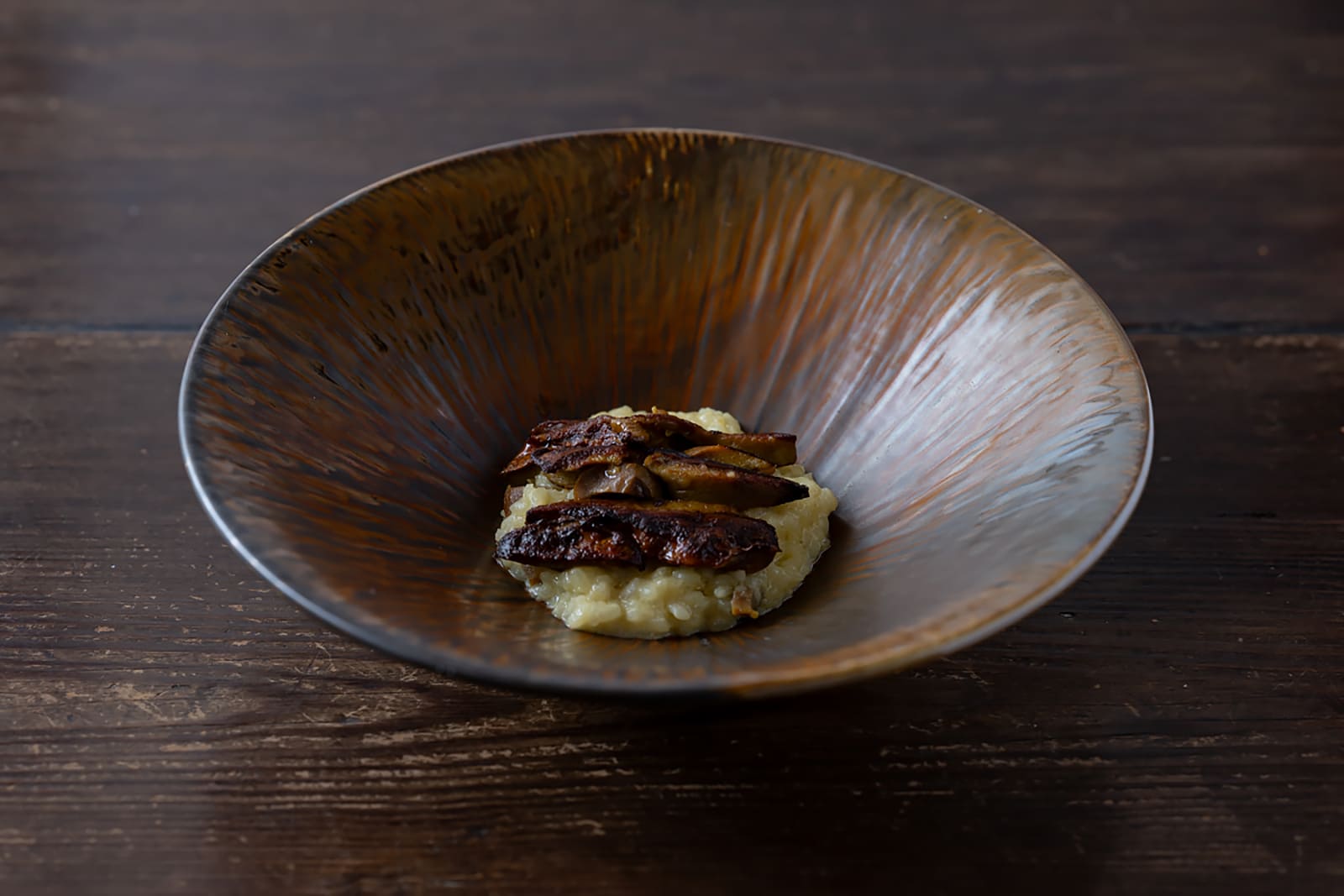
PHOTOS: TAKAO OHTA
Destination Restaurants often highlights places that, despite being close to Tokyo, are easy to overlook. Nonna Nietta, an Italian restaurant in Tsukuba, Ibaraki Prefecture — about an hour and a half from Tokyo Station by train or highway bus — is one example.
Tsukuba is known as a planned science city developed from the 1960s onward in a region once dominated by farmland. Near Mount Tsukuba, one of Japan’s 100 famous mountains, the city hosts numerous universities and public research institutes. The prefecture also plays a crucial role as a major producer of vegetables, meat and seafood for the capital region. Yet in terms of gastronomy, the area long lacked a strong identity. That, however, is beginning to change.
In recent years, chefs across a wide range of cuisines — Japanese, French, Chinese and more — have begun to collaborate by exchanging information about ingredients and techniques and holding study sessions, rapidly raising the region’s gastronomic ambitions. Kenji Kawamura, the owner-chef of Nonna Nietta, is at the center of this movement.
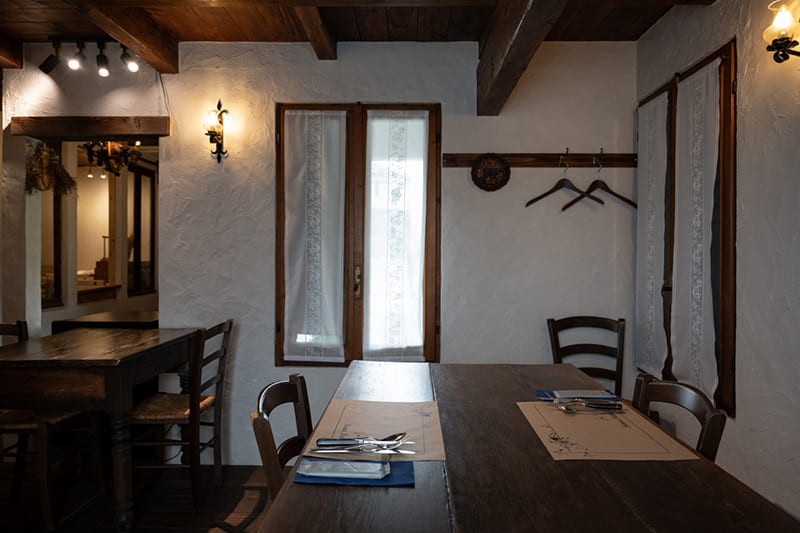
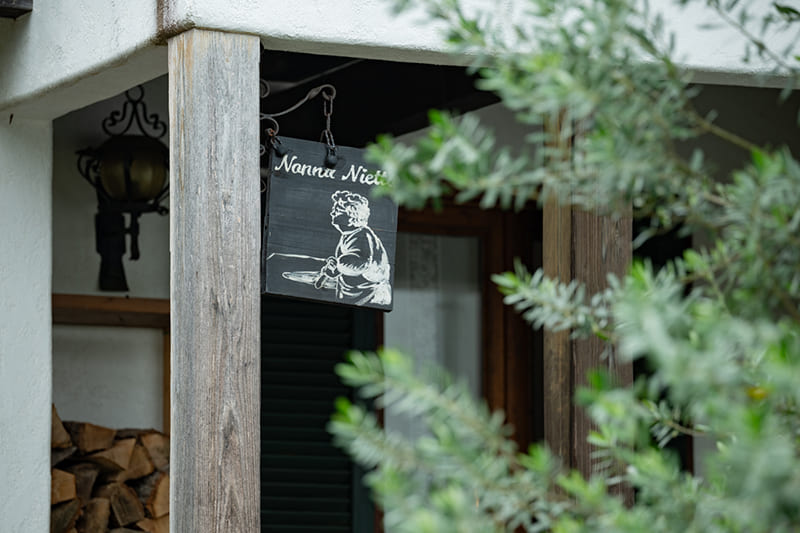
Ibaraki Prefecture(Italian)
Nonna Nietta
3-26-28 Namiki, Tsukuba-shi, Ibaraki Prefecture
Instagram: @nonna_nietta_
Kawamura was born in 1978 in Tsuchiura, a city adjacent to Tsukuba. After working in Italian restaurants in Tokyo, he moved to Italy at age 28. Over six years, he honed his craft in restaurants in Naples, Bologna and the regions of Calabria, Puglia and Piedmont. He opened Nonna Nietta in 2021. The name, which means “Grandma Nietta,” comes from the grandmother of his Italian wife, whom he met during his time abroad.
The house in a quiet residential area feels like a country home in Italy. In the front garden grow thyme, rosemary and other herbs, and the six-seat dining room is filled with furniture brought from his wife’s family home, along with Italian window frames, linens and other details.
But the most genuinely Italian aspect may be the chef’s philosophy of using local ingredients and making as much as possible by hand. The tasting menu, priced at ¥16,500 ($110), consists of 11 courses, from appetizers to dessert. It features a generous array of Ibaraki produce, including eggplants and zucchini grown on Kawamura’s family farm, local vegetables, meats such as Hitachi beef, Hitachi no Kagayaki pork and wild duck, and seafood from the Ibaraki coast and Lake Kasumigaura. All cheeses and cured meats are homemade. Kawamura also uses the abundant whey produced during cheese-making as a kind of broth, creating a distinctive depth of flavor — a technique that showcases his inventiveness.
With restaurants like this emerging across the prefecture, Ibaraki is drawing attention as a new destination for gastronomic travel.
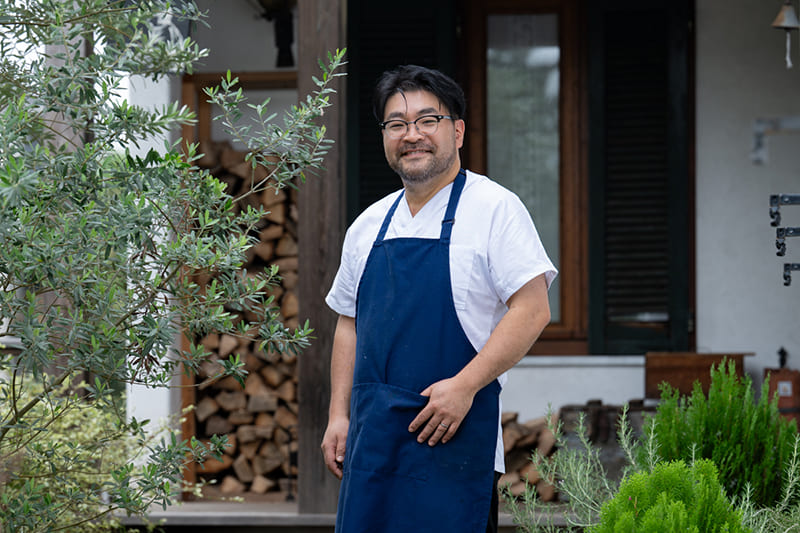
Kenji Kawamura
Born in 1978 in Tsuchiura, Ibaraki Prefecture. While attending university in Tokyo, he began working part time at an Italian restaurant, which set him on the path to cooking. In 2007, he moved to Italy, studying regional cuisine across the country before returning to Japan in 2014. After working at a dry-aged meat shop and its attached restaurant in Tokyo’s Bunkyo Ward, he began preparing to open Nonna Nietta in Tsukuba in 2020, handling the interior design himself. The restaurant opened in March 2021. He continues to collaborate with chefs from various culinary backgrounds, helping to elevate Ibaraki’s food scene.
茨城の食を盛り上げる手作り志向のイタリアン。
つくば市は大学や公的な研究機関が多数置かれる街だ。また、同市を含め茨城県は、首都圏に供給する食材の生産地として重要な位置を占めている。ただガストロノミーという点においては印象が弱い地域であった。だが、ここ数年、さまざまなジャンルのシェフたちが連携し、食材や技術に関する情報交換を行うなど、料理への意識を急速に高めている。『ノンナ・ニェッタ』オーナーシェフ、川村憲二はその中心人物である。
川村は28歳のときに渡伊。ナポリ、ボローニャなどで6年間、腕を磨き、2021年『ノンナ・ニェッタ』をオープン。住宅街に佇む一軒家はイタリアの田舎家のよう。だが、もっともイタリアらしいのは「地元の食材をできるだけ手作りで」というシェフの料理哲学だ。コース料理(¥16,500)は前菜からデザートまで11皿。県産食材をふんだんに盛り込み、登場するチーズやハムはすべて手作り。また、チーズを作る際に大量に出るホエーを出汁代わりに使い、独自の旨みを生み出す手法にもシェフのアイデアが光る。
Return to Sustainable Japan Magazine Vol. 54 article list page


